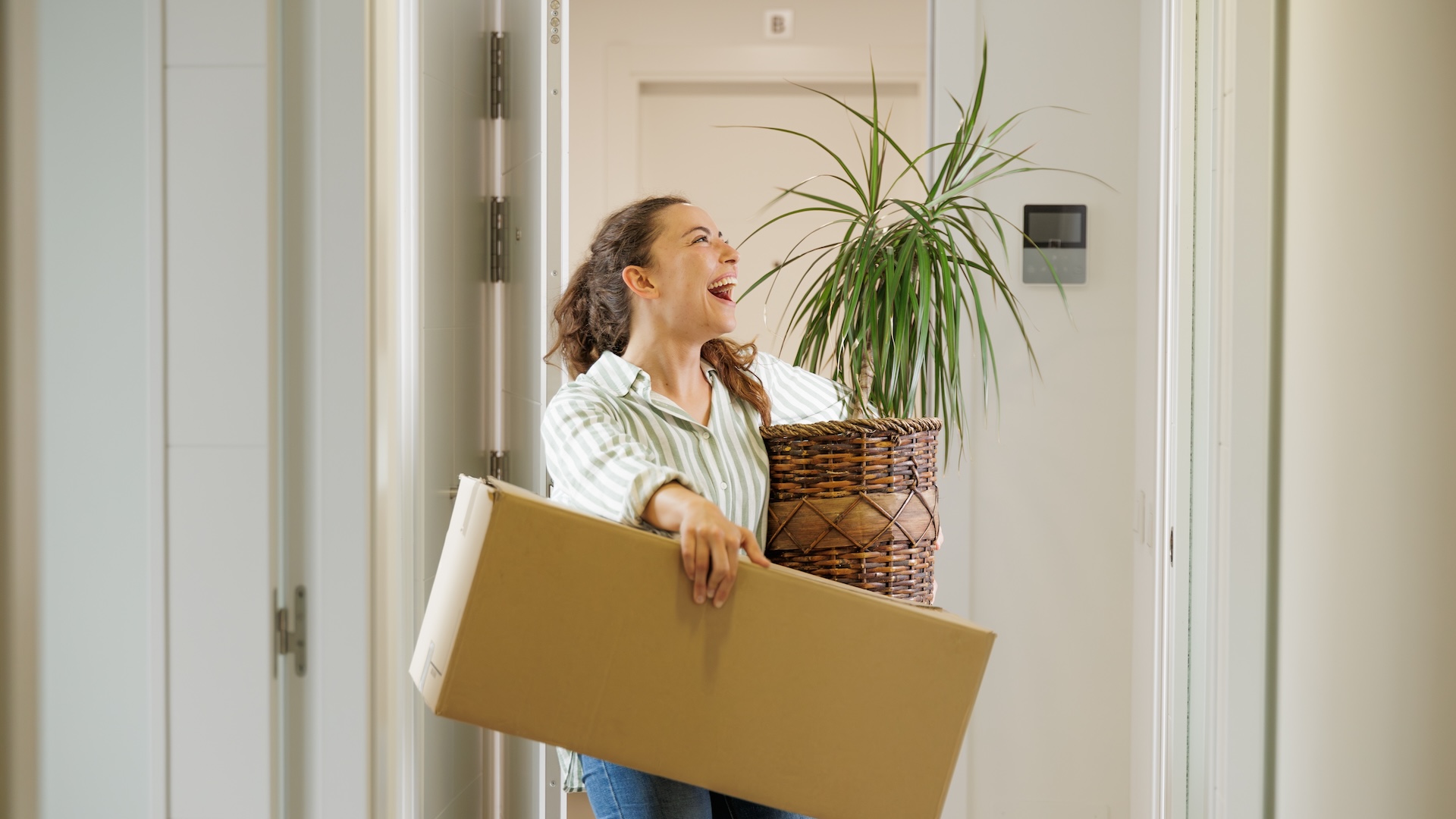Moving
If you don’t already have furniture or are only planning a short stay, the idea of a furnished apartment can be incredibly appealing. After
A career as a travel phlebotomist might just be the perfect mix of purpose and adventure. You get to do meaningful work—drawing blood to help diagnose, treat, and heal—while exploring new cities, meeting new people, and experiencing different parts of the country. Pretty amazing, right?
But life on the move isn’t always a walk in the park. From figuring out housing to navigating new routines every few months, there’s a lot to consider before hitting the road. Whether you’re already certified and ready to travel or just wondering how to become a traveling phlebotomist, we’re here to walk you through it all.
With its “Southern charm meets big city” energy, Atlanta is becoming one of the top cities in Georgia to move to. It offers the perfect blend of booming job opportunities–including lucrative healthcare and film jobs in Atlanta. Add in rich Southern history and unbeatable food and music, and you’ve got a hit moving destination.
But how do you know if you should join the ranks of those flocking to ATL? In this guide, we give you the ins and outs of moving to and living in Atlanta, Georgia, so you can decide if it’s the right match for you.
Not everyone wants—or needs—a car to get around. Whether you’re dreaming of a neighborhood where errands don’t require a set of keys, or you’re craving a city where you can wander on foot and discover something new every day, you’re in luck. The most walkable cities in the U.S. deliver on convenience, charm, and community. Grocery stores, green spaces, bike lanes, coffee shops, and nightlife? All are within reach of your front door.
From short-term work contracts to summer internships to trial relocations, there are countless reasons you might make a temporary move.






